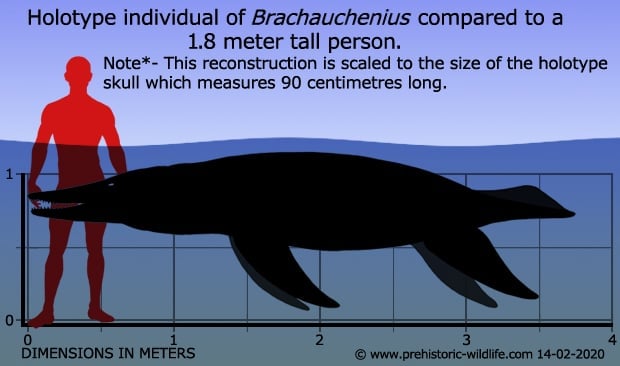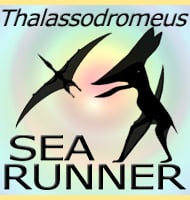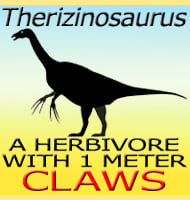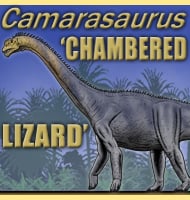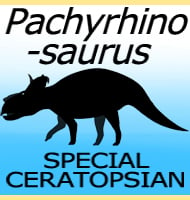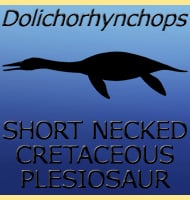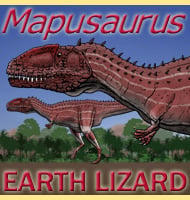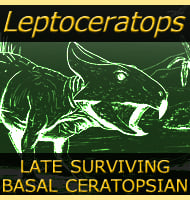In Depth
Brachauchenius was once regarded as one of the largest pliosaurs, and this was down to the addition of a skull measuring 170 centimetres in length to the genus. However, in 2013 this skull was used to establish a new genus called Megacephalosaurus. This in turn has led to a size revision for Brachauchenius, one based upon the holotype skull size which is 90 centimetres in length. This means that the Brachauchenius genus is now though to have been much small than before, but still not something you would want to get on the wrong side of.
Brachauchenius represents one of the last of the pliosaurs known to have swum in the Mesozoic oceans. The heyday for the pliosaurs seems to have been around the end of the Jurassic when others such as Pliosaurus and Liopleurodon were at their most numerous. As the Cretaceous continued however new competition in the form of mosasaurs such as Tylosaurus and Hainosaurus displaced the pliosaurs from their position as the top predators of the oceans.
Like its predecessors Brachauchenius would have specialised in hunting prey such as fish, but possibly some other marine reptiles too. Long associated with the Western Interior seaway (specifically Kansas) the discovery of Brachauchenius in Colombia, South America, proves that Brachauchenius was certainly not restricted to the United States. This is not all that surprising when you consider that a population of large predators like Brachauchenius cannot concentrate in one area otherwise they would exhaust the local supply of prey species. As such these predators have to spread out in order to maintain a balance between them and their prey so that their own species can survive.
Additionally the Colombian material not only extends the geographical range of Brachauchenius, but the temporal range as well. Further, Brachauchenius is one of the first of the large short necked pliosaurs to appear in the Cretaceous after an apparent disappearance between the end of the Jurassic and early-mid Cretaceous. Of course this does not mean to say that these pliosaurs disappeared completely just to reappear later, just that their remains are not as well documented.
Further Reading
– The skull of Brachauchenius, with special observations on the relationships of the plesiosaurs. – United States National Museum Proceedings 32: 477-489. – S. W. Williston. – Considerations on a Brachauchenius skeleton (Pliosauroidea) from the lower Paja Formation (late Barremian) of Villa de Leyva area (Colombia). – Fossil Record – Mitteilungen aus dem Museum f�r Naturkunde in Berlin 8 (1): 37-51. – O. Hampe – 2005. – Historical note on the 1884 discovery of Brachauchenius lucasi (Plesiosauria; Pliosauridae) in Ottawa County, Kansas. Transactions of the Kansas Academy of Science 110 (3/4): 255-258. – M. J. Everhart – 2007. – A new Cretaceous pliosaurid (Reptilia, Plesiosauria) from the Carlile Shale (Middle Turonian) of Russell County, Kansas. – Journal of Vertebrate Paleontology 33(3):613-628. – B. A. Schumacher, K. Carpenter & M. J. Everhart – 2013.
